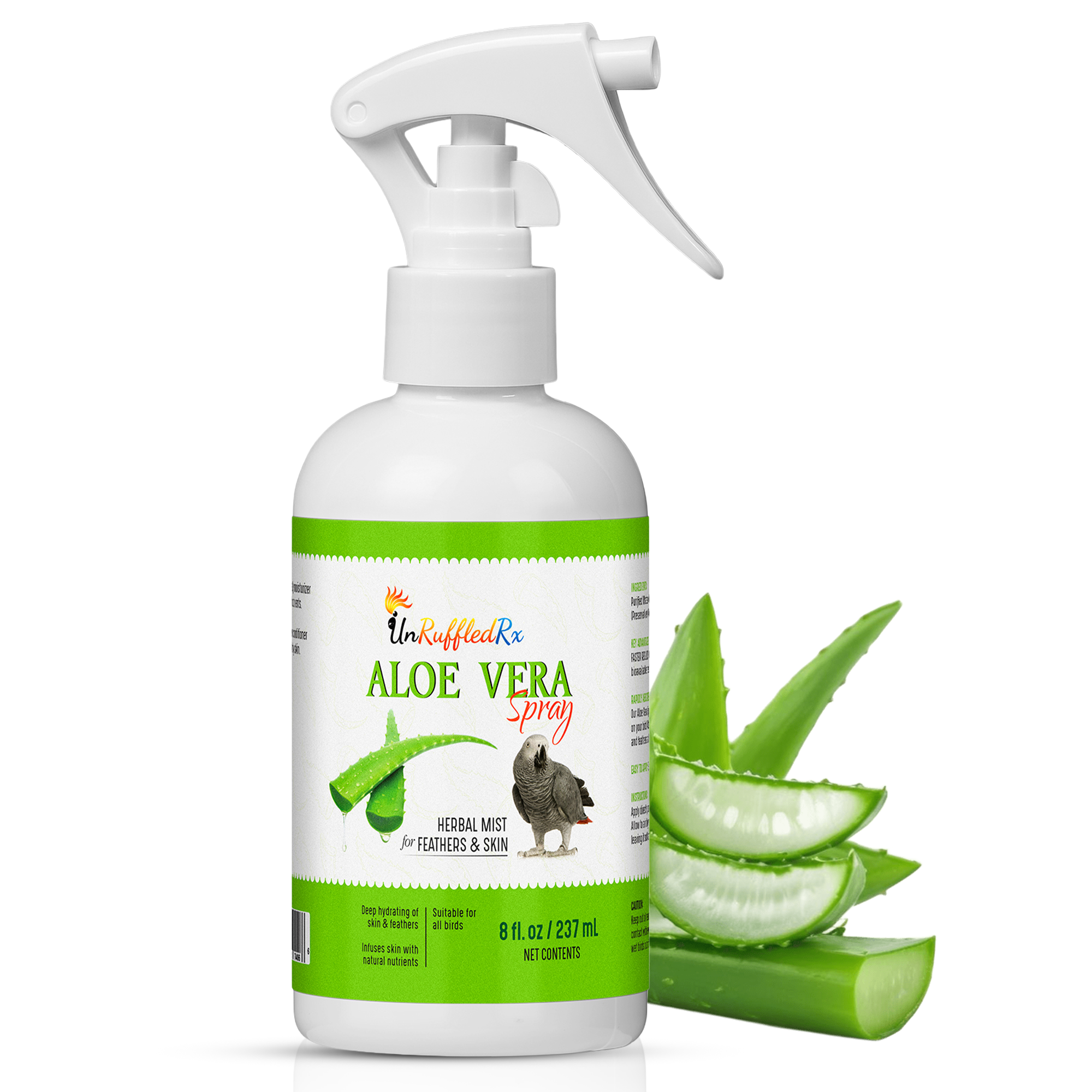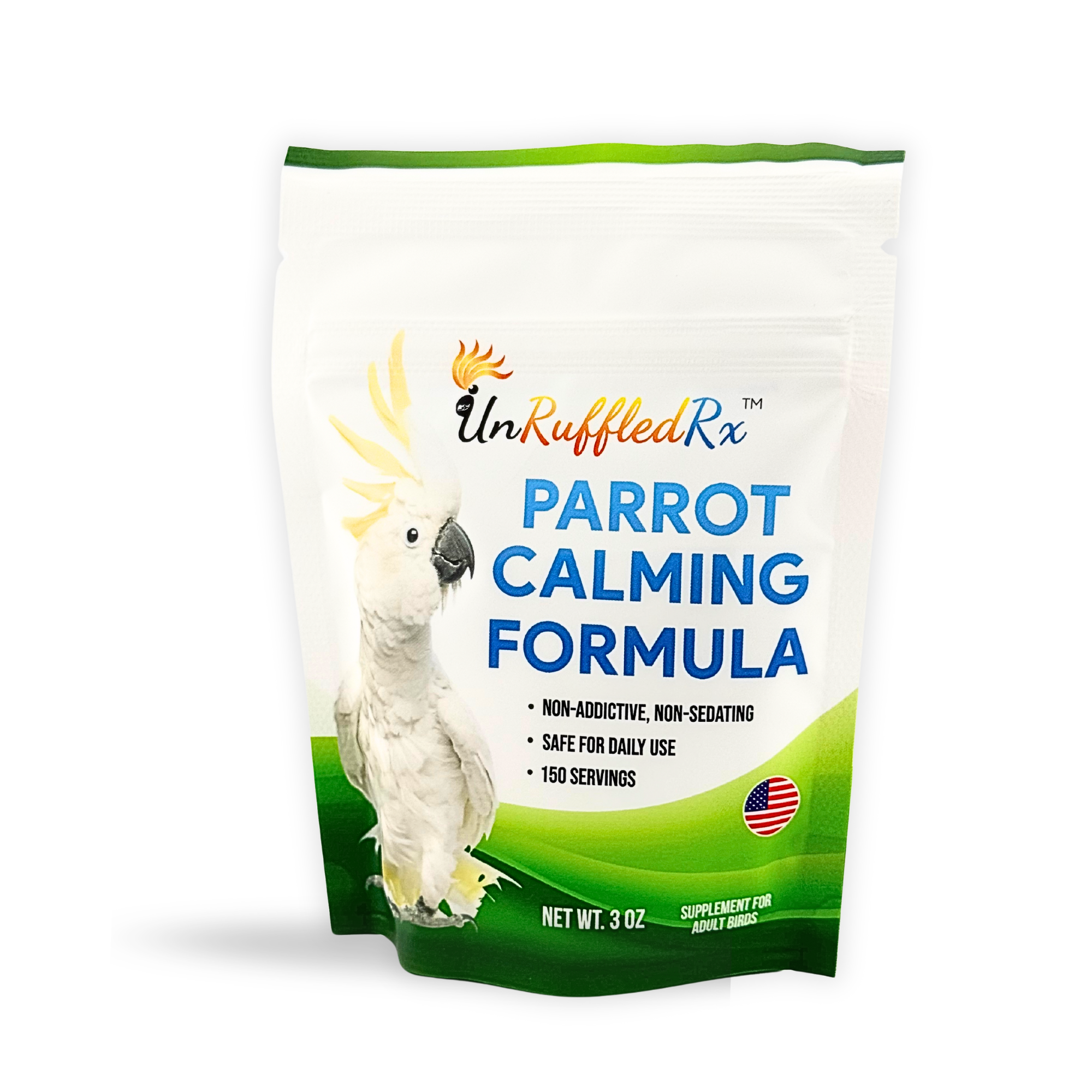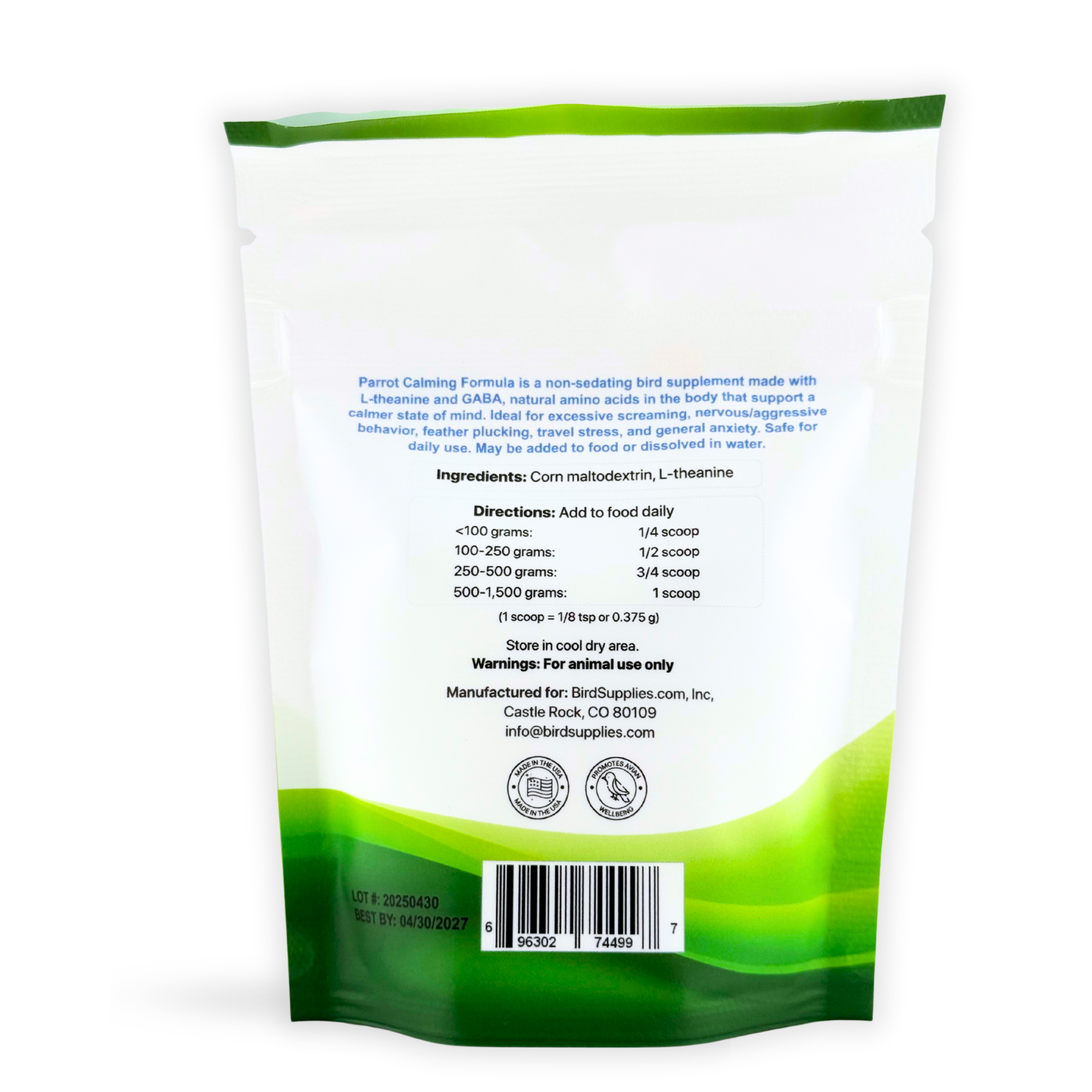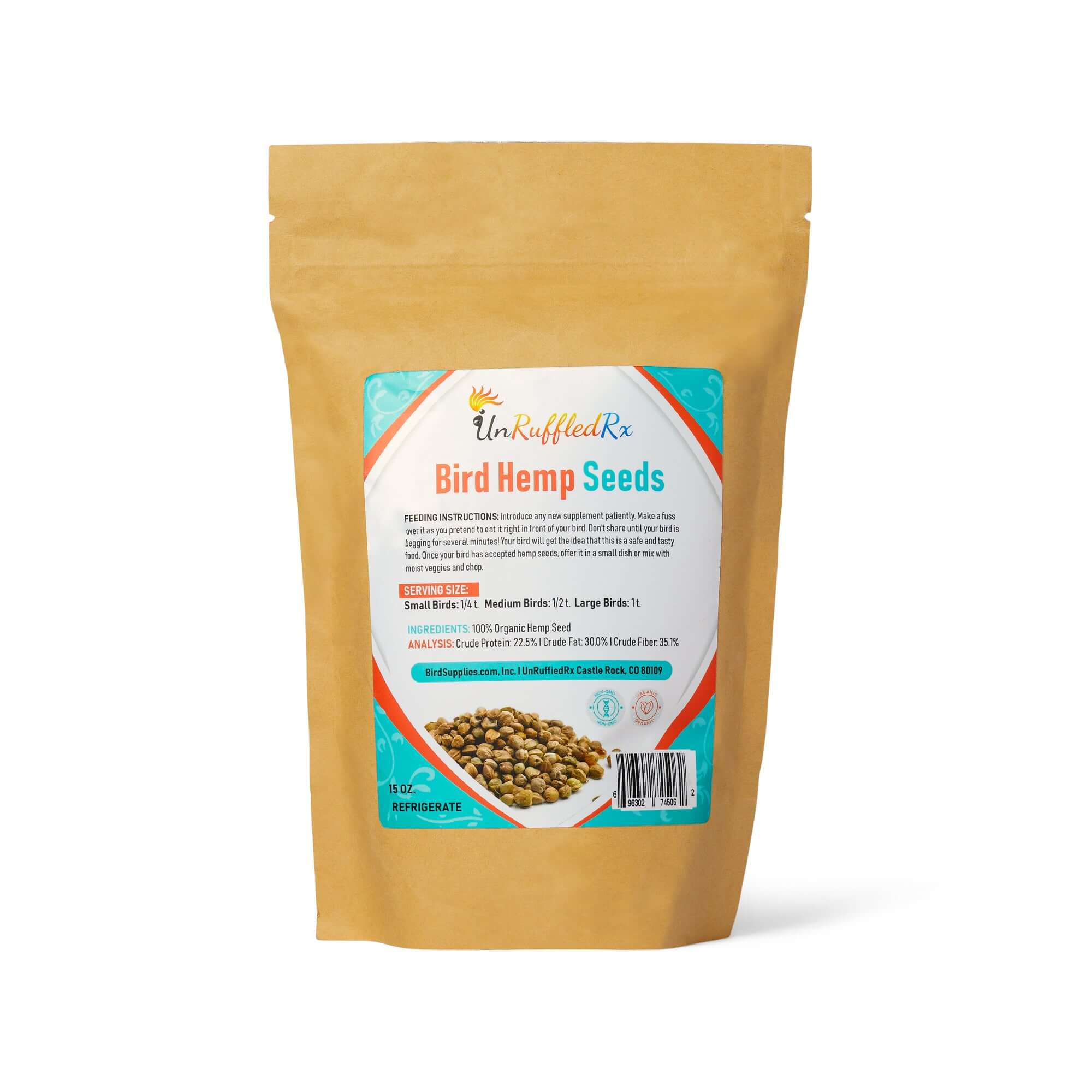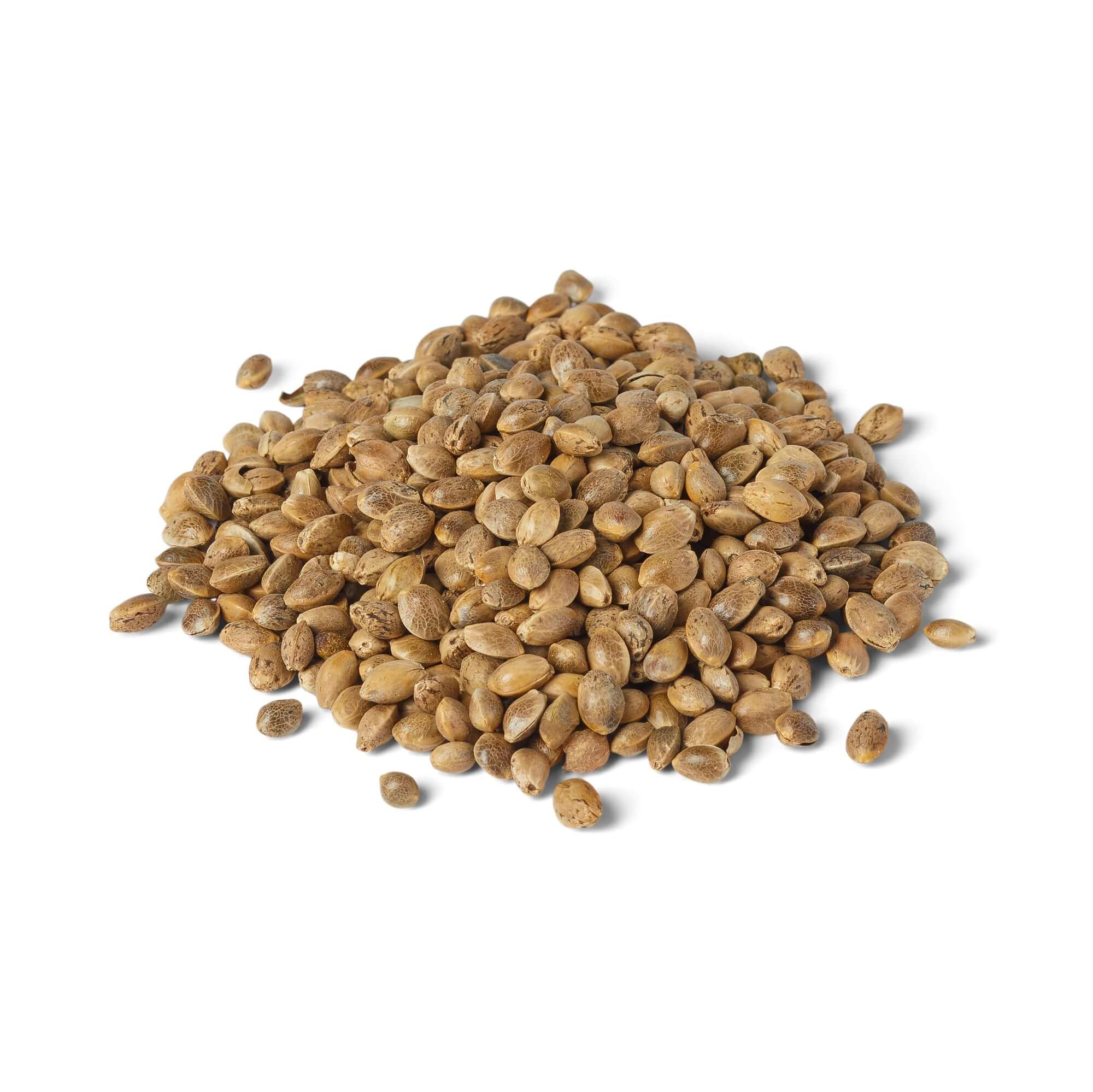Table of Contents
I’ve had pet birds for over 25 years and I can tell you that a quality bird carrier is an essential piece of equipment. You won’t believe how much you’ll use it. Bird carriers are truly a multi-purpose accessory.
Parot carriers are not just for travel. They also serve in these capacities:
- A sleep cage
- A hospital cage
- An evacuation cage
- A short-term observation cage
Just imagine. Say that your bird get’s night frights or starts feather plucking at night. How about if it were to experience an accident, illness, or need to be kept quiet and calm after surgery? What if you’re a victim of wildfire’s or hurricanes? How would you quickly evacuate your feathered friend? Or, what if your bird broke a blood feather and you want to keep it quiet and observe it for 30 minutes?
Take these multi-purpose situations into account when choosing a bird carrier for your feathered friend.
People have a lot of questions about transporting birds so let’s dive in and answer these questions.
How do you bring a parrot home?
Anytime that you transport your bird in the car you want to contain it in a bird carrier. This is especially important when you're bringing a new bird home.
A new bird is especially nervous with all of the changes in its life. You want the ride home to be as calm as possible. Keep your bird calm and safe by placing it in a confined bird carrier. Depending on how nervous the bird is, you may want to cover the carrier up.
Make sure to place the carrier in a location where your bird is not subject to direct sunlight. You don't want your pet to get overheated. Also, try to keep your bird as calm as possible. Play calming music and drive relatively slowly so that you don't make sudden stops or quick turns that could cause your bird to fall off of its perch.
Depending on how long the ride home is, you’ll want to make sure that your bird has access to fresh water, its regular food, and potentially some high water fruits like grapes and apples.
If you have other birds at home, make sure to quarantine your new pet for 30 days just to be safe.
How do you get a parrot into a carrier?
For a new pet bird that is just coming home in the carrier, you'll want to gently place the bird in the carrier. The goal is to minimize how much time the bird feels distressed.

If you and the bird already have an existing relationship, training your bird to get in a bird carrier is not too hard. I’d suggest that you use positive training strategies like those found in Clicker Training For Birds.
This is a great book that teaches you all kinds of ways to train your bird to become the best pet ever.
Here’s what to do:
-
Get your bird visually used to a bird carrier. Place your bird's favorite treats and toys inside of the carrier and place it near the cage.
- Cue the carrier, by naming it. I call it a box, “Get in your box.”
-
Now, start working on enticing your bird inside of the carrier using target training strategies discussed in Clicker Training for Birds.
- Once your bird is reliably going in and coming out of the carrier, begin fading the targeting and clicker.
How do I bring my bird to the vet?
Taking your bird to the vet is a lot like bringing it home the first time, only your bird is usually not quite as nervous.
I always recommend that you make it a practice to take your bird in the car frequently. A bird that is placed in a bird carrier only to go to the vet's office, where it gets prodded and poked, will learn to associate the carrier and car rides with discomfort.
Make going for car rides in the carrier a pleasant experience. Talk cheerfully to your bird and offer it treats and attention while in the carrier.
Another thing that you may not have thought of is that you can train your bird to accept being handled in the same way that a veterinarian might perform an exam.
For instance, a veterinarian might turn your bird over on its back to examine his torso. The vet will also open the bird's mouth to determine if there's a vitamin A deficiency and look at the condition of soft mouth tissue. A vet or a vet tech might also towels a bird for grooming purposes.
You can train your bird to willingly tolerate a vet exam.
How do you transport birds?
A lot of people ask how do you transport birds. I think you already know the answer to this. You use a bird carrier. Also consider these 5 tips.
-
Make sure that the bird carrier is large enough that your bird can perch upright and stretch its wings, but not so large that it flaps around if it gets frightened.
-
Make sure that the car temperature is a comfortable 68 and 74 degrees.
-
Ensure that the carrier is not placed in direct sunlight.
-
Place the carrier in the backseat so that your bird is safe in case an accident causes the air bags to go off.
- Buckle the carrier in place so that it doesn’t tip over and traumatize your bird.
How do you travel with a bird?
So, you already know about bird carrier placement and safety concerns.
But you’ll also want to prepare a travel pack for longer trips. If your travels entail longer than half of a day, pack up some of your bird's usual bird food and water and some other gear.
You'll also want to ensure that your bird doesn't get overheated in the car and in its carrier. To do this you can either cover the carrier with a sheet or a towel or get some of those baby sun screens that attach to the car window.
It is NEVER SAFE to leave a bird unattended in a car. Not only can the bird get stolen, but in the summer your bird can die of heat exhaustion and in the winter it can get chilly to the point that it gets sick. If you’ve got to leave the car there are a few options.
-
Use a backpack style carrier that you can just place on your back when you need to make a car stop. Here's a great photo of one of my customers who uses a backpack to take her lovely Galah out on the town.
- Harness train your bird so that you can put a bird harness on it and let it ride about on your shoulder when you need to get out of the car to stretch your legs or go on a bathroom break. Your bird will enjoy the ability to stretch out its wings and experience some beautiful sunshine.
Can birds go on long car rides?
Long car rides like taking your bird on vacation or a cross-country move is another “doable” option. I’ve had a lot of customers who take their bird “RV ing. You'll first want to make sure that your bird doesn't get car sick on the journey.
Car sickness is often due to experiencing anxiety. Plan to make numerous short, fun car trips with your bird. Start off just driving down the street. Then, go a little longer, like around the block. And so on.
If that doesn't do the trick try making some ginger tea to settle your bird's stomach before the trip. Scroll down for the recipe.
If the trip entails overnight stays, vet out lodging before you get to your destination. The last thing you want to have happen is to be turned away at the end of your day's journey.
Plan for the worst case scenario, that your bird goes missing. Make sure that you have both your bird's leg band number and its microchip number available. Your avian vet can give you that information if you don't have it handy. If your bird has identifying markings, take a photo of it. And, take a photo of you holding your bird (with the identifying markings showing).
Ask your vet about avian vets near your destination, too.
If your pet does go missing post it on these websites
Do birds get car sick?
Just like kids some birds can and do get car sick.
It's important to keep a good eye on your bird during your travels. We know that birds try very hard to hide any signs of pain or illness, so they will try to hide their car sickness from you. That's why it is so important to learn the body language signs that your bird isn't feeling so well.
Signs of motion sickness can include but are not limited to:
- Vomiting
- Huddling behavior
- Ruffled feathers
- Weakness
- Loss of balance
- Trembling
- Drooped wings
- Inactivity
If your bird is vomiting due to car sickness it'll be really important to make sure that your pet stays hydrated and nourished. With such a high metabolism, birds are prone to dehydration and hypoglycemia when they're vomiting. If your bird is prone to car sickness, bring along some electrolyte water. Simply mix up these ingredients:
- 1 c. Warm Water
- 2 tsp. Sugar
- 1/8 tsp. Salt
- 1/8 tsp. Baking Soda
It's way better to pull over and give your bird's stomach time to settle so that it can rehydrate and get some nourishment. If you're planning a lengthy trip with a car sick prone bird make sure that you pick up some avian electrolytes.
Alternatively, you can make up a batch at home to syringe feed, if necessary.
Bird Electrolyte Recipe
If your bird is one to get car sick, you might want to try some natural remedies to soothe the stomach. Ginger tea Is a popular choice. Simply shave off a few slices of fresh ginger root and steep it in water. Once the water has cooled, strain out the ginger and serve the tea to your bird. Start serving the ginger tea a couple of hours before you embark on your journey.
Likewise basil and peppermint also help soothe the stomach. You can make a tea out of them as well or serve fresh or dry herbs.
Some people report that covering the bird carrier helps with motion sickness while others say that their bird is less stressed out when it's able to see them during travels.
In conclusion, I talked about the joys of traveling with your pet bird and how to make it more comfortable and less stressed out during the journey most birds really appreciate novel activities when they feel safe providing for your birds Comfort during its travels is an excellent way to help your bird to feel safe and happy on your next trip.
You might also like:
Related Posts
https://birdsupplies.com/pages/6-tips-for-car-travel-with-parrots
https://birdsupplies.com/pages/airline-bird-carriers-preparing-a-bird-carrier-for-airline-travel
Finding a multi-purpose bird carrier
Why you need a high quality bird carrier
Diane Burroughs, LCSW is a licensed psychotherapist trained in ABA therapy techniques. She specializes in avian anxiety disorders and is certified in Nutrition For Mental Health. Diane has written a number of bird behavior books and she offers behavior consultations. She's developed a range of UnRuffledRx Science-backed Parrot Wellness Supplies.
Diane's products have been featured in the Journal of Avian Medicine and Surgery and at Exoticscon, a conference for exotic pet veterinarians. Her bird collars & supplements are stocked in avian vet clinics and bird stores throughout the US. With over 30 years in the field of behavior, Diane has created thousands of successful individualized behavior plans that help pets thrive.
TAGS: #Parrot Carrier #BirdTravelCage
SHARING IS CARING! PLEASE SHARE ON YOUR FAVORITE SOCIAL MEDIA NOW!






